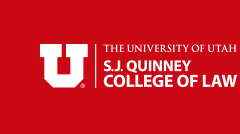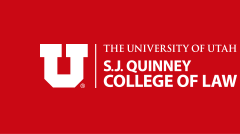Utah OnLaw: The Utah Law Review Online Supplement
Abstract
Some lawyers are in the position where they would find it difficult to afford to hire themselves if they needed an attorney. The “twin crises” of underserved clients and underemployed lawyers might seem like a problem that would correct itself if we had a market that was working efficiently, but that does not appear to be the case.
This Article suggests that these are multifaceted problems, reflecting not just specific challenges facing law schools, such as declining applicants, declining minority enrollment, dramatic increases in law school tuition, falling salaries and too few jobs for graduates, and the high costs of clinical education, but also the “twin crises” are affected by a number of disquieting problems within the larger American economy and culture, including stubbornly high unemployment, falling median household income, the growing gap between the wealthy and poor in America, and trends with respect to marriage and family.
The Article focuses on what law schools can do to address these two problems. The Article’s recommendations reflect mainly what we already know about contemporary legal education: law schools should become more affordable, law schools should emphasize public service, law schools should admit more students who are likely to serve middle-class client, and law schools should focus on preparing students for today’s job markets.
The Article makes two modest proposals: eliminating the per student expenditure factor in law school rankings and facilitating market corrections rather than trying to engineer macro solutions. The Article concludes by expressing skepticism about some “big ideas” that currently seem quite popular: reducing law school to two years or implementing a third-year apprenticeship.
Recommended Citation
Scharffs, Brett G.
(2014)
"The Way Forward: Underserved Clients, Underemployed Lawyers--What Can Law Schools Do?,"
Utah OnLaw: The Utah Law Review Online Supplement: Vol. 2014
, Article 7.
Available at:
https://dc.law.utah.edu/onlaw/vol2014/iss1/7



